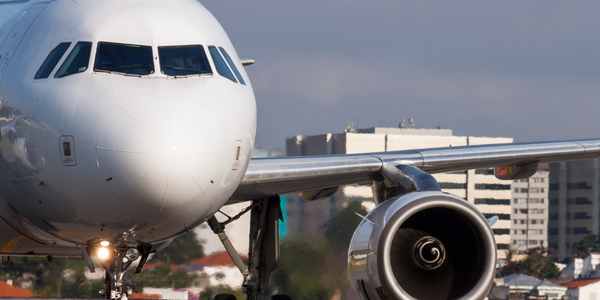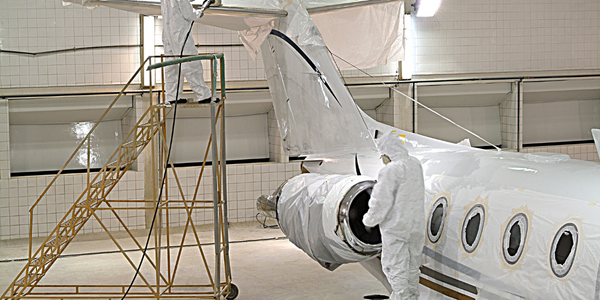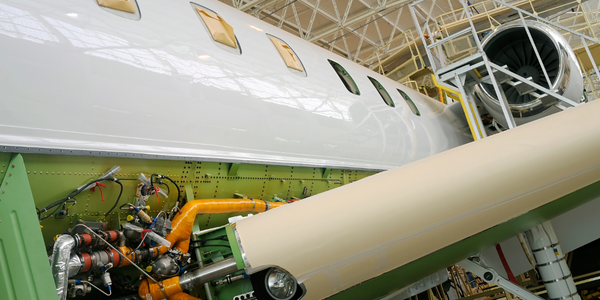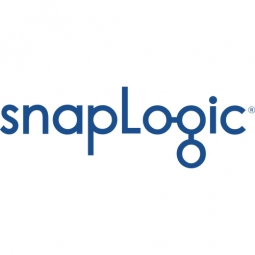公司规模
Large Corporate
地区
- Pacific
国家
- Australia
产品
- SnapLogic
- Microsoft Azure Cosmos DB
- QAD Enterprise Resource Planning
技术栈
- Microsoft Azure
- AWS
- Integration Platform as a Service (iPaaS)
实施规模
- Enterprise-wide Deployment
影响指标
- Customer Satisfaction
- Digital Expertise
- Productivity Improvements
技术
- 应用基础设施与中间件 - API 集成与管理
- 平台即服务 (PaaS) - 连接平台
适用行业
- 航天
- 食品与饮料
适用功能
- 商业运营
- 物流运输
用例
- 过程控制与优化
- 远程资产管理
- 供应链可见性(SCV)
服务
- 系统集成
- 软件设计与工程服务
关于客户
dnata catering is Australia’s largest inflight caterer, chosen by many of the world’s airlines for their fresh award-winning meals and outstanding service. With a geographically diverse footprint, dnata catering employs over 4,000 people across 9 cities, produces over 64 million meals, and services over 246 thousand flights each year. They offer a suite of services supporting the aviation industry through inflight catering for domestic and international airlines, management of buy-on-board catering programs, inflight retail solutions, airport lounge operations, and readymade meal manufacturing for export, airline, and non-airline markets. Parent company dnata, part of the Emirates Group, is one of the world’s largest air services providers, offering ground handling, cargo, travel, and inflight catering services in 85 countries, and is a trusted partner for over 270 airline customers globally.
挑战
In 2018, dnata catering Australia acquired Qantas Airways’ catering businesses, Q Catering and Snap Fresh. The challenge was to migrate all applications and systems used by Q Catering from the Qantas environment to the dnata catering environment, ensuring a seamless migration without interruption to business operations or customer delivery. This involved integrating multiple applications and systems that managed passenger information, meal scheduling, and real-time changes. The lean IT team at dnata catering Australia was tasked with transitioning from Qantas catering apps on AWS to dnata catering’s Microsoft Azure cloud, integrating dnata catering’s applications with Qantas’s passenger and scheduling systems, and ensuring platform stability and scalability for 17 dnata catering centers in Australia. The team had only three months to fully test, validate, integrate, and implement the migration.
解决方案
To assist with their migration project, dnata catering Australia sought an intuitive, scalable, and enterprise-grade Integration Platform as a Service (iPaaS) solution. They reached out to SnapLogic based on a recommendation from Emirates Group IT. SnapLogic’s intuitive integration platform, customer-centric approach, fast turnaround, and reliable consultancy services enabled dnata catering to complete close to 30 complex integrations with the help of their internal IT teams. This allowed them to efficiently migrate critical systems and integrations without impacting newly adopted business operations and customer delivery, all while meeting aggressive timeline goals. SnapLogic’s API management solution was a key technology enabler for application migration in the Qantas Catering acquisition. The low-code platform delivered a flexible and business-agile interface capability, allowing fast-tracked integration of acquired systems with no downtime in a 24x7 manufacturing environment. The cloud-native data governance capabilities built into the platform provided fine-grained control and visibility of data flows across the organization and with partners and other third parties.
运营影响
数量效益

Case Study missing?
Start adding your own!
Register with your work email and create a new case study profile for your business.
相关案例.

Case Study
The Kellogg Company
Kellogg keeps a close eye on its trade spend, analyzing large volumes of data and running complex simulations to predict which promotional activities will be the most effective. Kellogg needed to decrease the trade spend but its traditional relational database on premises could not keep up with the pace of demand.

Case Study
Airbus Soars with Wearable Technology
Building an Airbus aircraft involves complex manufacturing processes consisting of thousands of moving parts. Speed and accuracy are critical to business and competitive advantage. Improvements in both would have high impact on Airbus’ bottom line. Airbus wanted to help operators reduce the complexity of assembling cabin seats and decrease the time required to complete this task.

Case Study
Aircraft Predictive Maintenance and Workflow Optimization
First, aircraft manufacturer have trouble monitoring the health of aircraft systems with health prognostics and deliver predictive maintenance insights. Second, aircraft manufacturer wants a solution that can provide an in-context advisory and align job assignments to match technician experience and expertise.

Case Study
HEINEKEN Uses the Cloud to Reach 10.5 Million Consumers
For 2012 campaign, the Bond promotion, it planned to launch the campaign at the same time everywhere on the planet. That created unprecedented challenges for HEINEKEN—nowhere more so than in its technology operation. The primary digital content for the campaign was a 100-megabyte movie that had to play flawlessly for millions of viewers worldwide. After all, Bond never fails. No one was going to tolerate a technology failure that might bruise his brand.Previously, HEINEKEN had supported digital media at its outsourced datacenter. But that datacenter lacked the computing resources HEINEKEN needed, and building them—especially to support peak traffic that would total millions of simultaneous hits—would have been both time-consuming and expensive. Nor would it have provided the geographic reach that HEINEKEN needed to minimize latency worldwide.

Case Study
Aerospace & Defense Case Study Airbus
For the development of its new wide-body aircraft, Airbus needed to ensure quality and consistency across all internal and external stakeholders. Airbus had many challenges including a very aggressive development schedule and the need to ramp up production quickly to satisfy their delivery commitments. The lack of communication extended design time and introduced errors that drove up costs.

Case Study
Energy Management System at Sugar Industry
The company wanted to use the information from the system to claim under the renewable energy certificate scheme. The benefit to the company under the renewable energy certificates is Rs 75 million a year. To enable the above, an end-to-end solution for load monitoring, consumption monitoring, online data monitoring, automatic meter data acquisition which can be exported to SAP and other applications is required.







